Your private sky
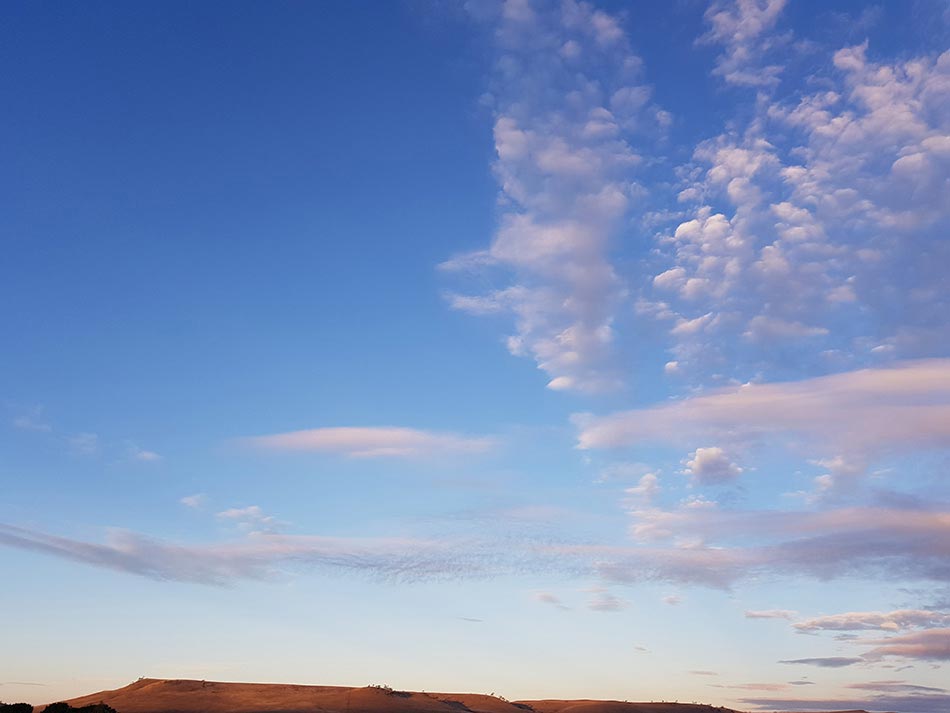
I have been told by an adviser, someone with a real sense of humanity, who helps people get along in this world and is good at it, that my LinkedIn page is close to useless, a lost opportunity. I don’t remember the exact words but I agree completely with the substance of his assessment, except that it wasn’t harsh enough. My LinkedIn page is crap. Less than crap. When crap is added to the earth it makes things grow, it nourishes people and animals and makes them happy, it feeds flowers that look beautiful in gardens and vases, and supports a vast community of life forms that are inexplicably profoundly wonderful. My LinkedIn page nourishes no one, it grows and supports nothing, and it’s ugly.
The problem is, although I know I need LinkedIn, I just can’t like it. I find it hard to go there.
I have found lots to not like about it; about the scorecard nature of this form of media; about being assessed by strangers; about its overtly transactional nature; about the glib language it seems to facilitate; about conservative, mid-corporate, neo-liberal, relentlessly hi-fiving American business culture; about the ra-ra-ra tone of everything that offends my closet lefty sensibilities; about the dumbed-downness of it and the culture of corporate happiness; about being an easy mark and a unit for data harvesting; about posts that are reposts of other peoples’ posts; and for a ‘visual person’, about the sheer ugliness of those pages.
Of course this list is incomplete. I omit my own shortcomings, that are, as I understand it, pretty average. The fear of being assessed and not shaping up; an obsessive need for privacy; the imposter syndrome that puts the brakes on self promotion, that no amount of success will assuage.
But now I have committed myself to a deadline. To at least make it useful if people look me up; to do myself a favour and fix it. My adviser says, just start, just chip away at it. So I start chipping.
He says the blue panel behind the portrait can be changed to something more interesting, particularly if you’re a designer, so this is where I begin.
I begin at a sort of real world equivalent of an opening page — my own front gate. I take a photograph of this vast volume of air and vapour I see when I look up towards the ridge of a flat topped hill to the east. It’s one of the things I like about where I live; its vast sense of space and the historical and language attachments to landscape: the indigenous place names, the conical hill where the Clarke brothers (local bushrangers in the 1800s) kept lookout for the cops, the (possibly bullshit) story from one of the cattlemen about the wind on the ridge being so strong one day it lifted the dogs up into the air (great mental image of half a dozen barking, airborne kelpies) and rolled them down the hill.
And then I ask myself: do I want to put this picture into a LinkedIn page? I think: no. It’s more at home in this blog, where I can say things about it that have nothing to do with winning the next job but a lot to do with who I am. I’ll fix those pages because it’s a worthwhile thing to do. LinkedIn has its uses, but it won’t be a private sky.
Notes
I borrowed the title. It’s one I have always loved. Your Private Sky is a book about R Buckminster Fuller. Joachim Krausse and Claude Lichtenstein (eds). Lars Müller Publishers.
In the middle of the next photo is a distant cone-shaped hill which is said to be one of the Clarke brothers’ lookouts.
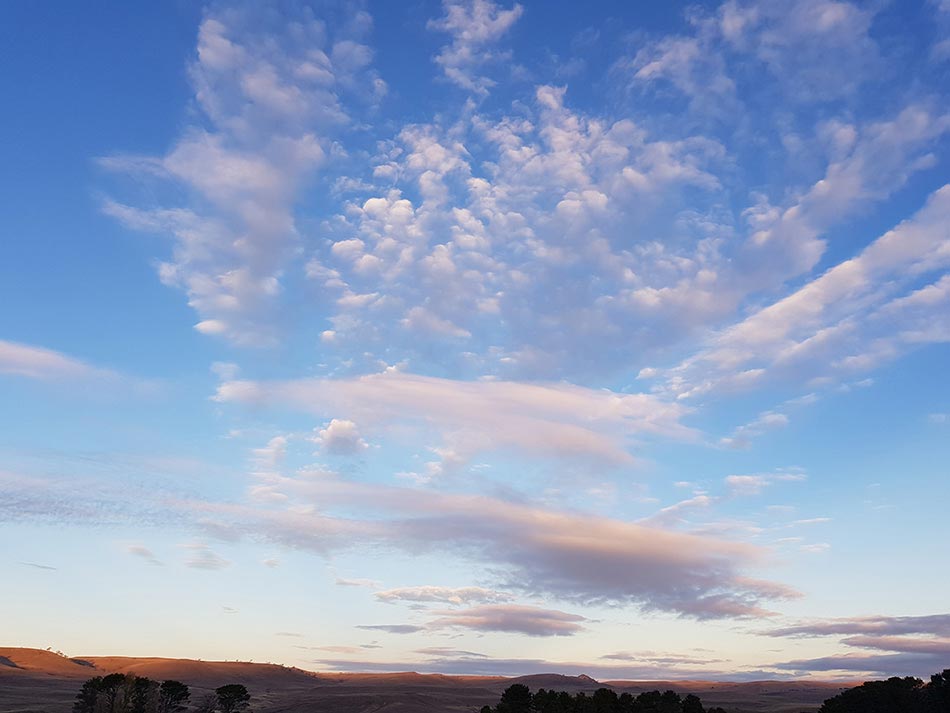
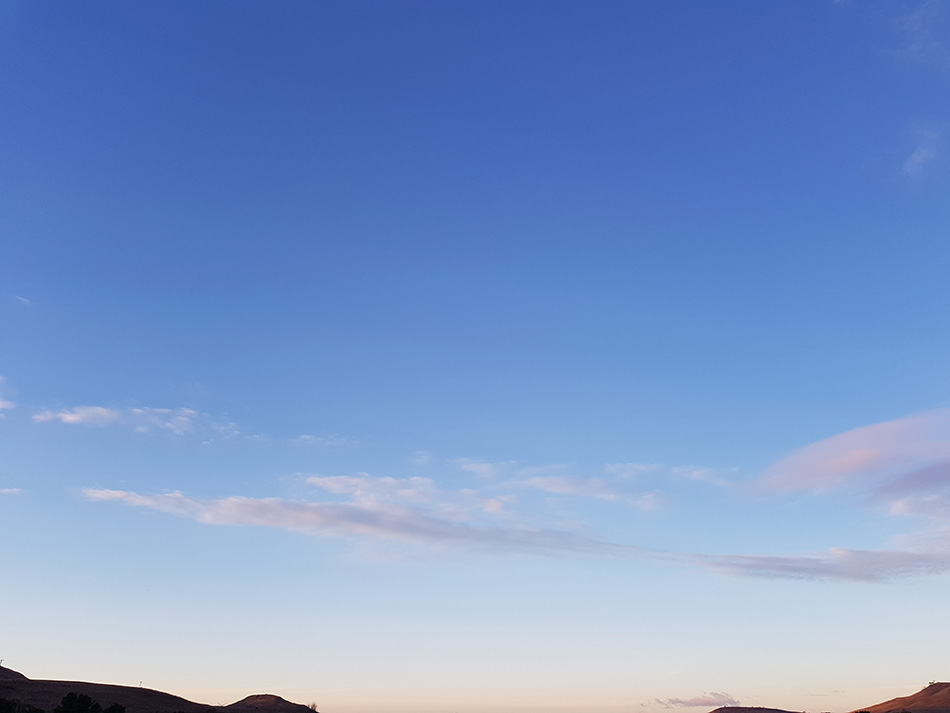
x
Another country
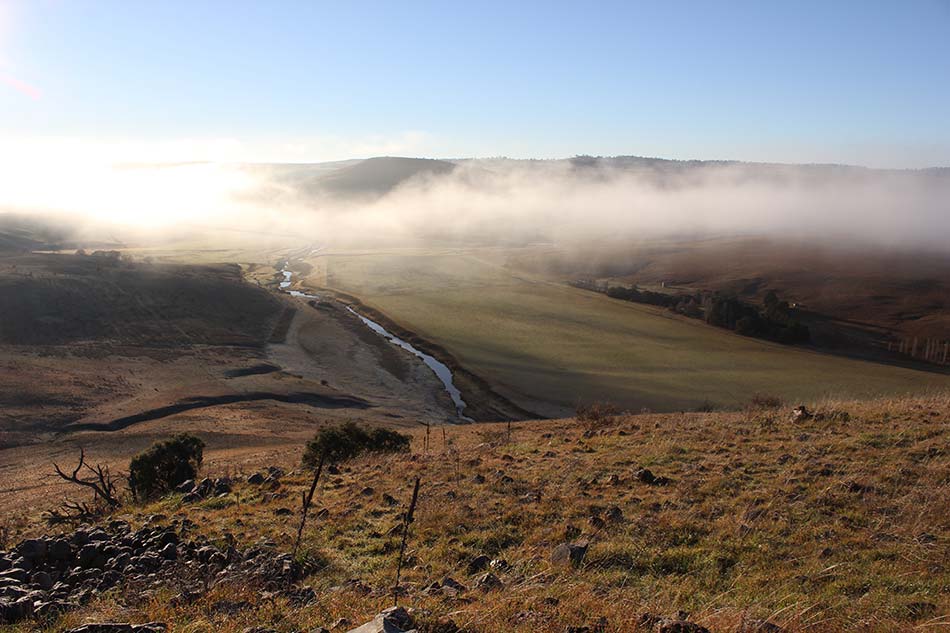 Bombala. Bobundara. Billilingra. Cootralantra. Gunningra. Jincumbilly. Murrumbucca. Murranumbla. Merriangaah. Myalla. Nimmitabel. Wullwye. Yarrandoo. The place where I live, like the whole continent, is overlayed with place-names in the languages of black Australia, or corruptions of those names, but most times I hardly hear them.
Bombala. Bobundara. Billilingra. Cootralantra. Gunningra. Jincumbilly. Murrumbucca. Murranumbla. Merriangaah. Myalla. Nimmitabel. Wullwye. Yarrandoo. The place where I live, like the whole continent, is overlayed with place-names in the languages of black Australia, or corruptions of those names, but most times I hardly hear them.
One day I’m driving through this place and a program I like called Word Up comes on the radio. Someone is reciting a string of Indigenous language words, and at the same time I’m looking out through the car window at grass and sky, treeless conical hills and rocks, and the whole landscape suddenly looks utterly foreign. Like another country. The strange thing is that this feels right. As if it were waiting to be made inexplicable.
Notes
ABC Radio: Word Up shares the diverse languages of black Australia from Anmatyerre to Arrernte, from Bidjara to Bundjalung, from Nyungar to Ngaanyatjarra, from Yankunytjatjara to Yorta Yorta—one word at a time.
(I think the language from my part of the world is called Ngarigu.)
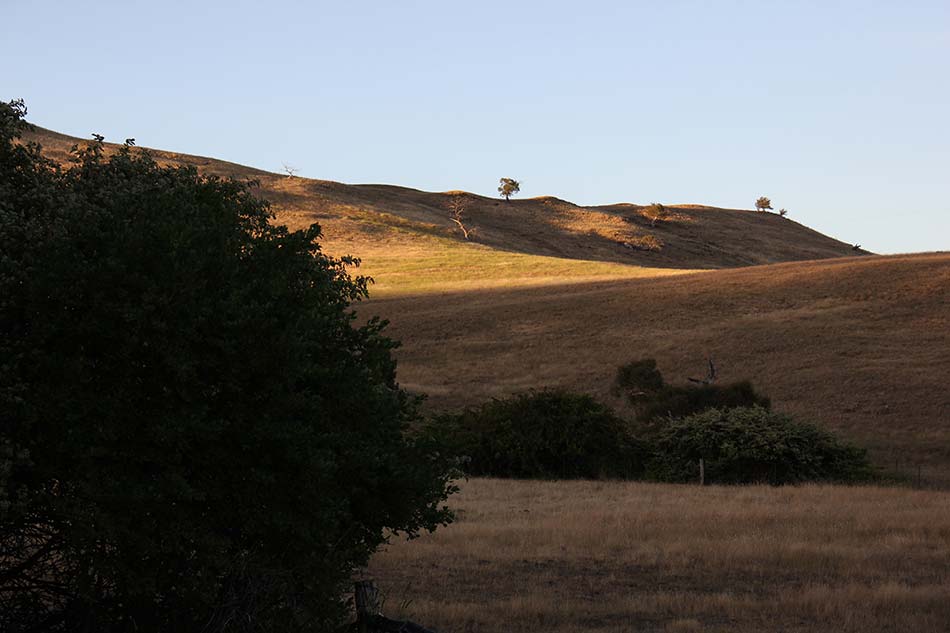
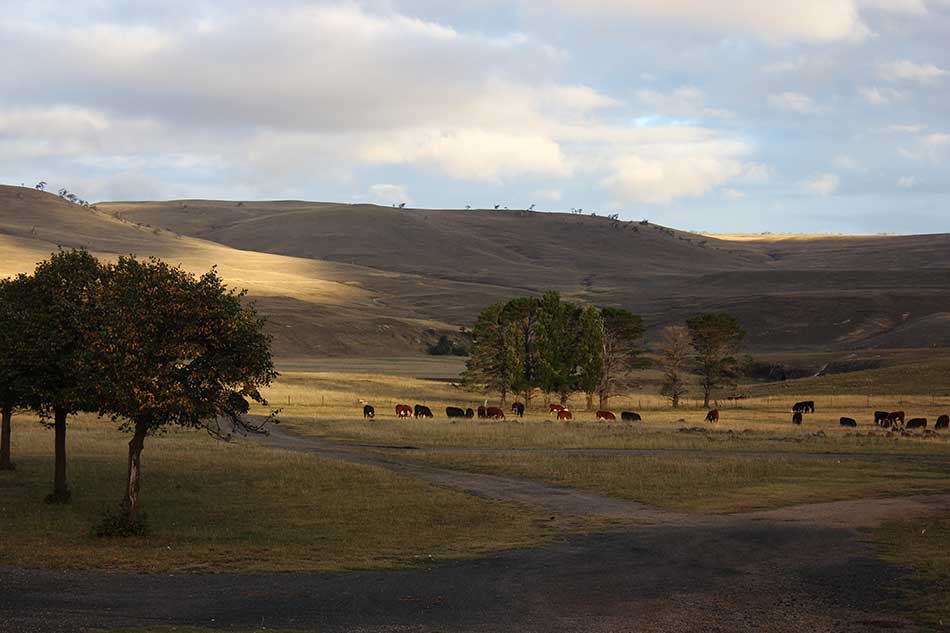
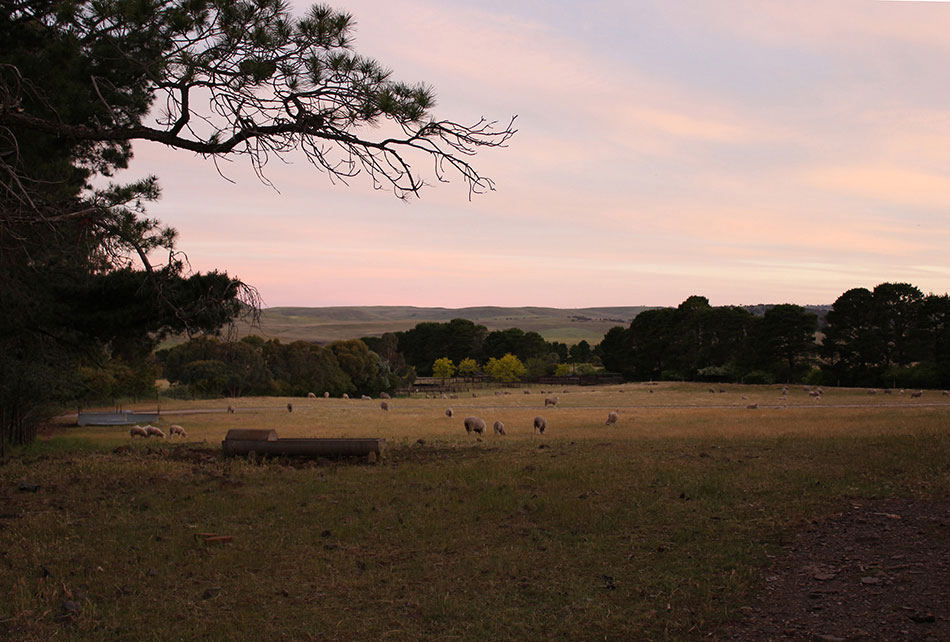
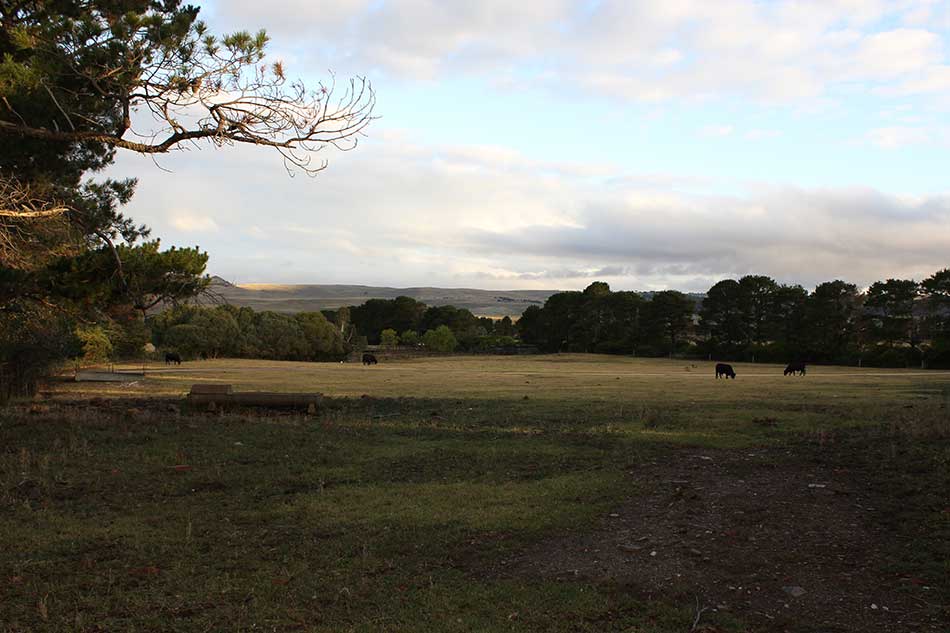
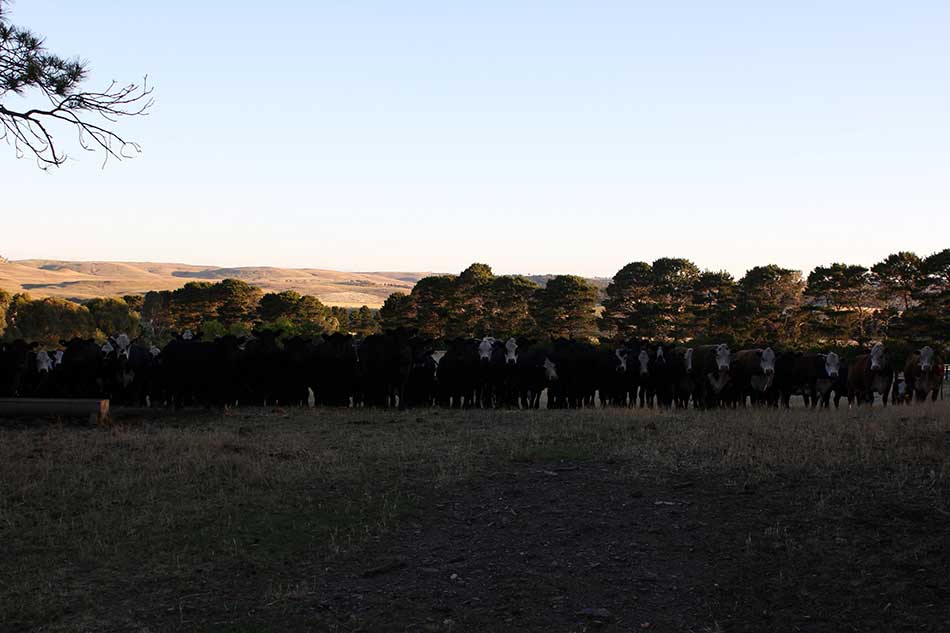
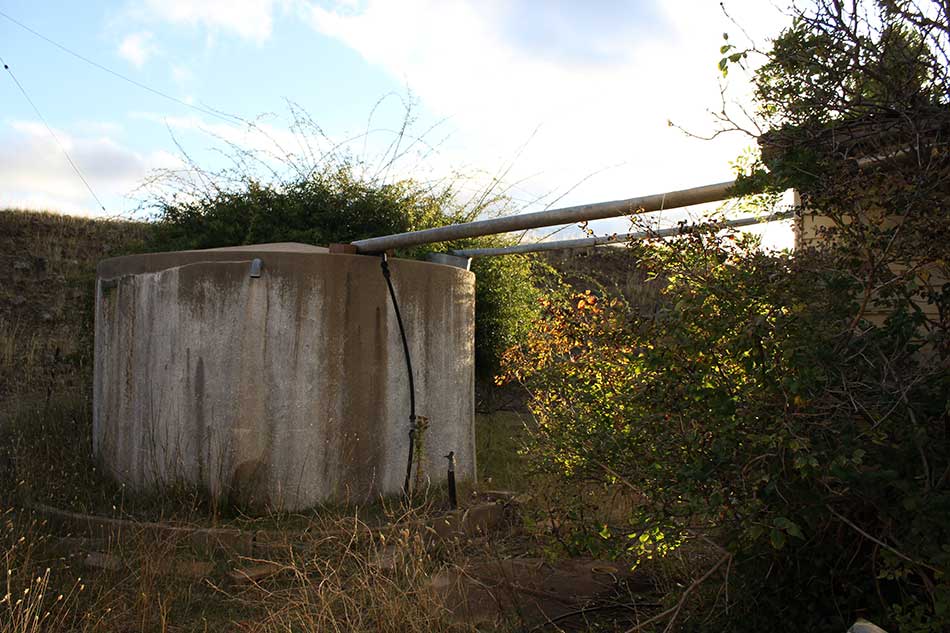
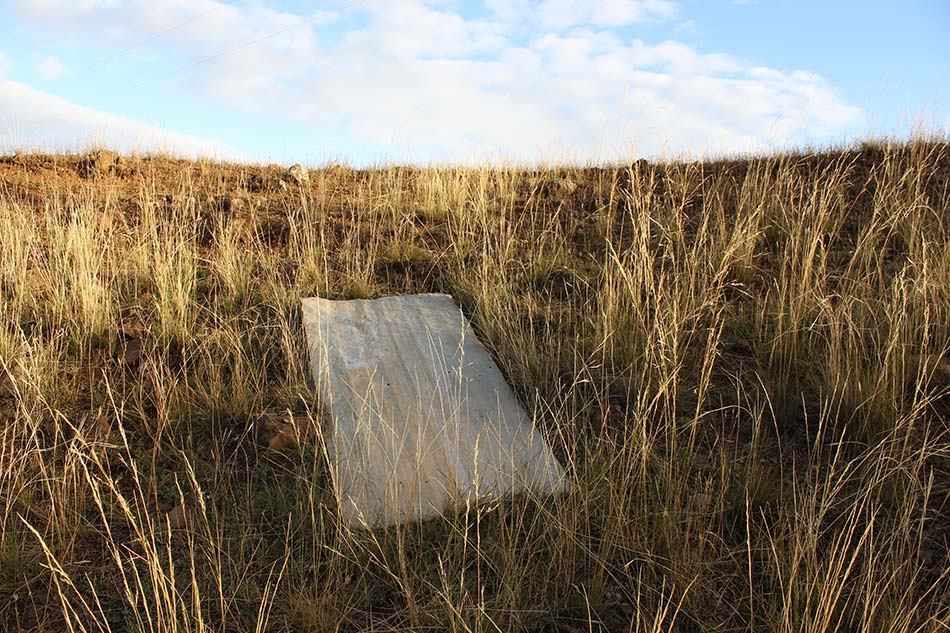
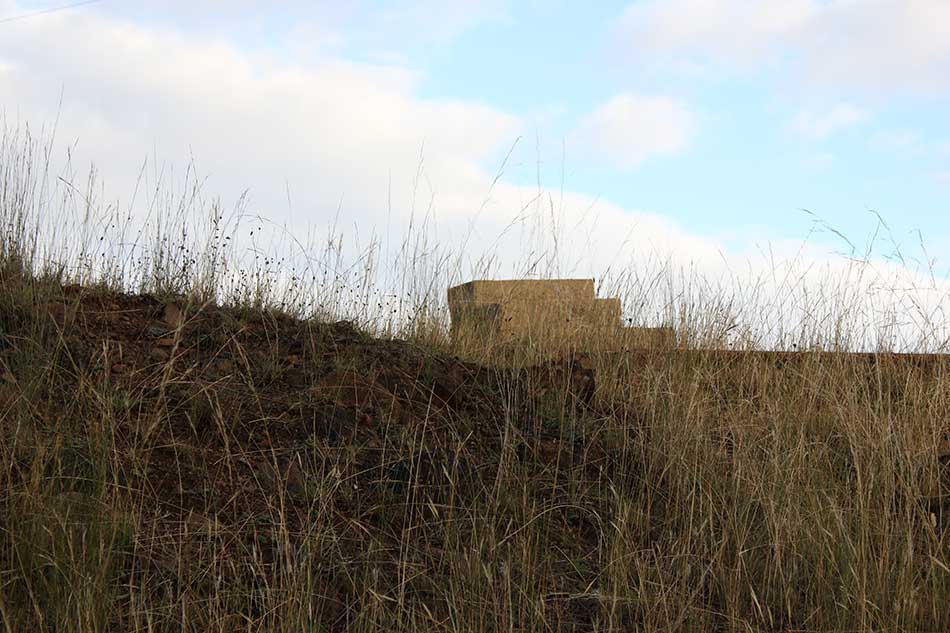
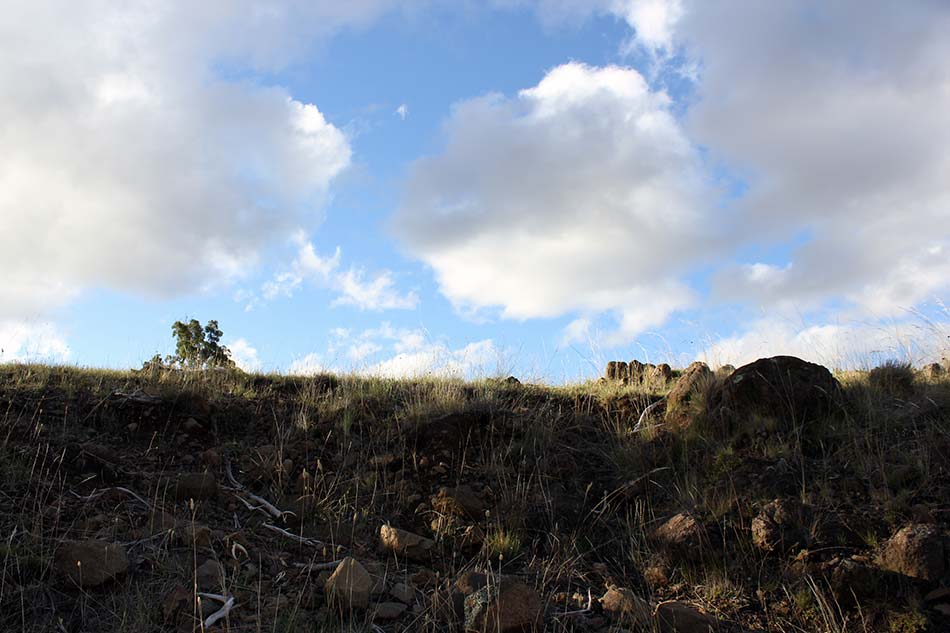
Down to the wire
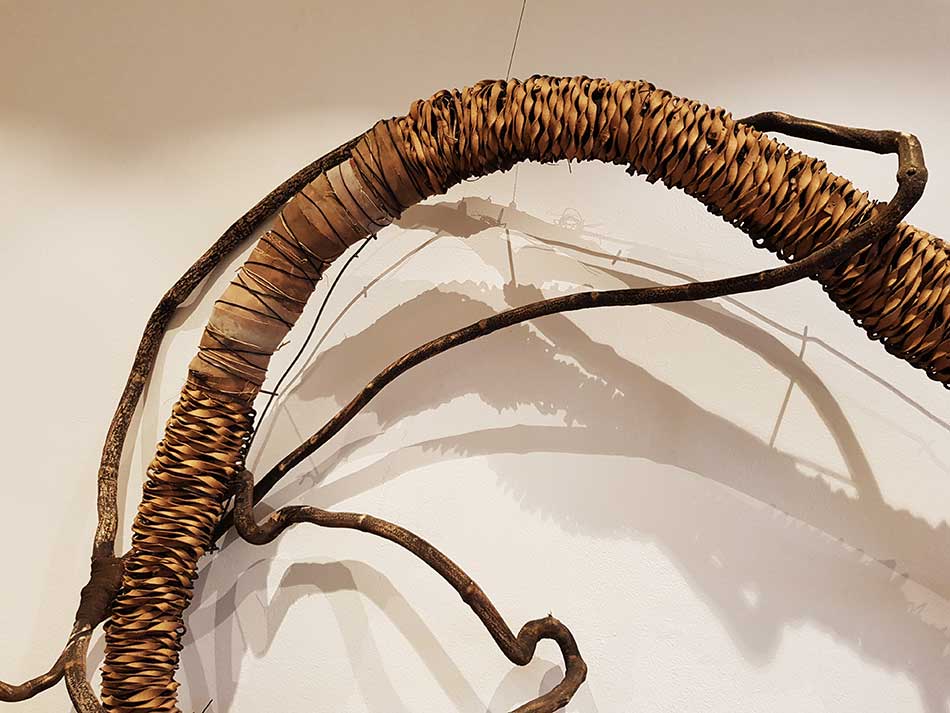 Looking at these beautiful objects makes me want to immediately build a 15 metre long wall to hold a few of them.
Looking at these beautiful objects makes me want to immediately build a 15 metre long wall to hold a few of them.
Down to the wire —
new work by Alison Coates
Shapiro, Sydney
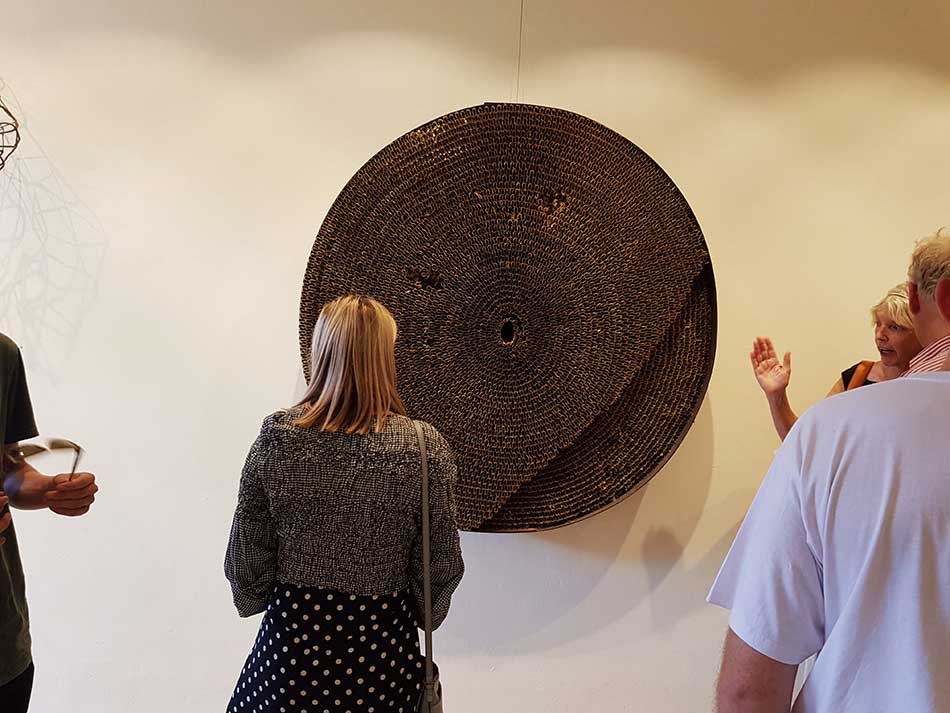
Colour revisited

I must like these a lot because I can’t stop looking at them; at the original objects, I mean, not these flat, point-and-click photos that don’t capture the surface qualities, the shine of the silk and the subtle colour shifts as the light changes, the way the colours on the inside (the bits most people won’t see) sit so quietly with the rich colours that face the world outside.
Two silk zip-up bags (about 200mm x 150mm) and a scarf; all by Samorn Sanixay. They had me thinking about colour (so much of what I do is monochrome) and making a nostalgic visit (via web and memory) back to my old Windsor & Newton paintbox: alizarin crimson, cadmium red, pale cadmium yellow, light naples yellow neutralised with a bit of raw umber. The real life dyes are natural and often come from unexpected sources and things we walk past every day: mud and rust, for example. The pink is from the berries of a lilly-pilly in Samorn’s front yard.
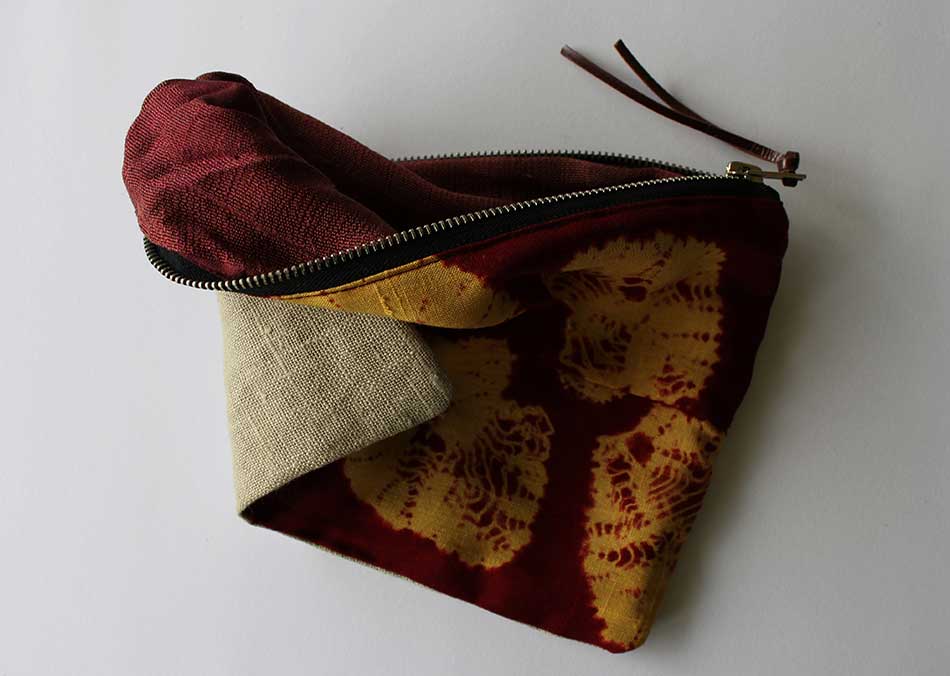
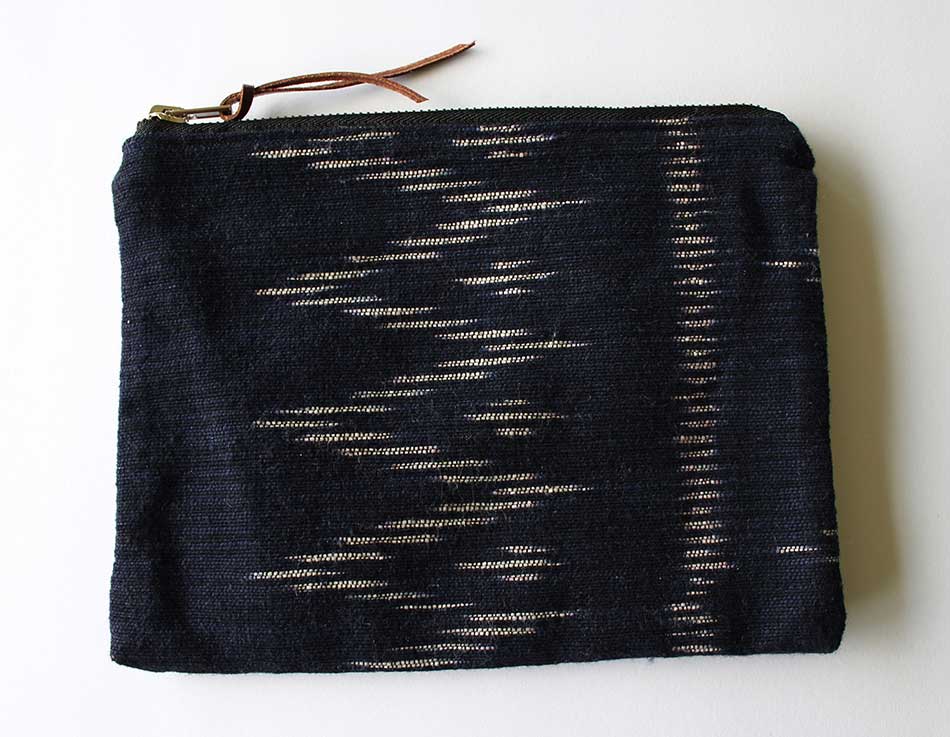
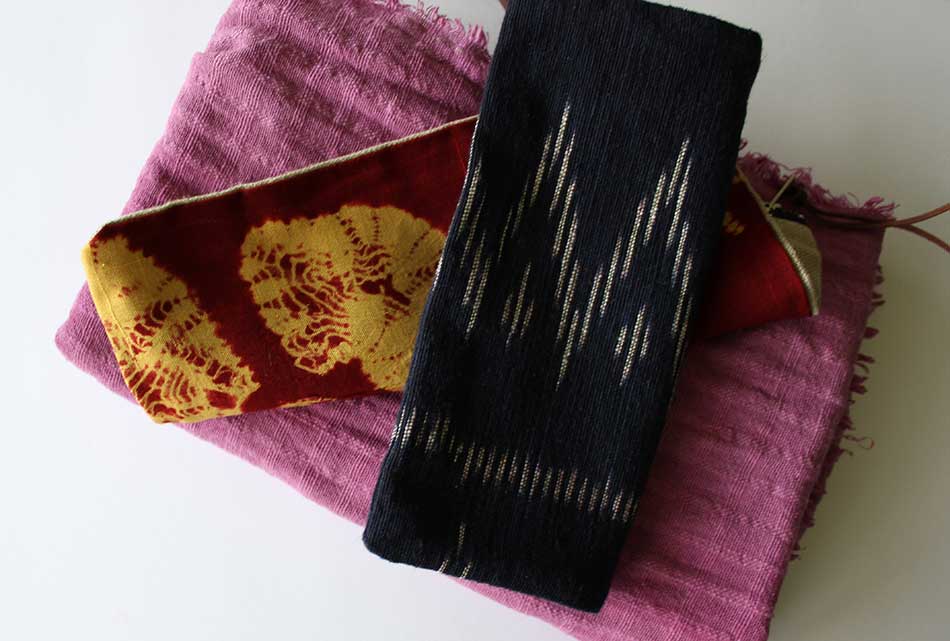
x
Shades of Tanizaki
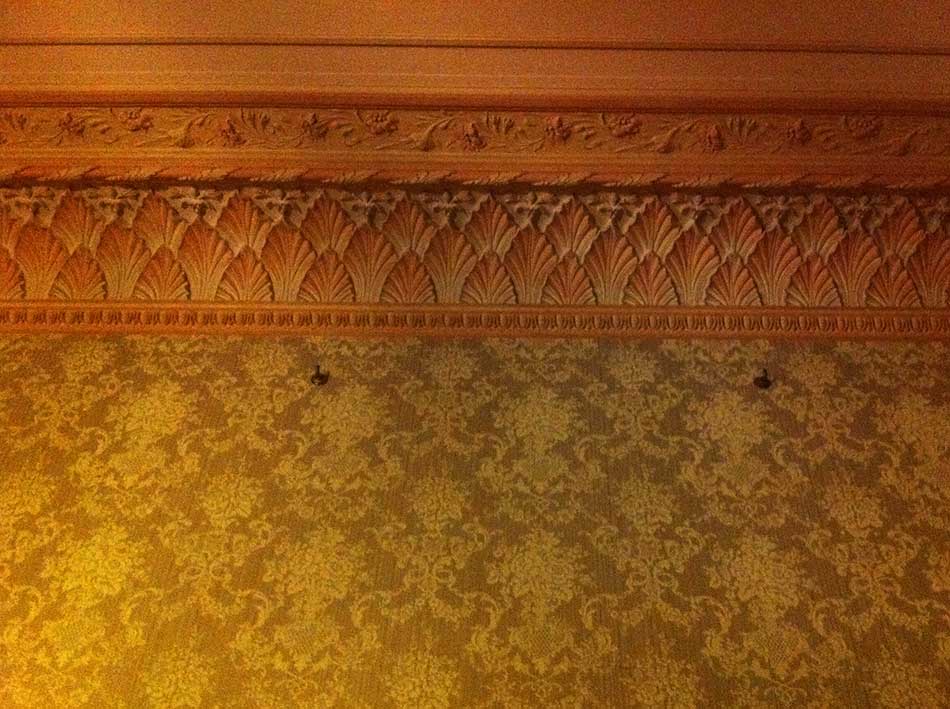 In the rooms of this grand house in the Clare Valley — deeply shaded and closed against the hot, dry summer of a South Australian Christmas — I was reminded of Junichiro Tanizaki’s book on traditional Japanese architecture and aesthetics: In Praise of Shadows; how lacquerware glowed so beautifully in those twilight interiors. Somehow, what we can’t see but know, suspect, intuit or guess is there, has a profound power over the senses.
In the rooms of this grand house in the Clare Valley — deeply shaded and closed against the hot, dry summer of a South Australian Christmas — I was reminded of Junichiro Tanizaki’s book on traditional Japanese architecture and aesthetics: In Praise of Shadows; how lacquerware glowed so beautifully in those twilight interiors. Somehow, what we can’t see but know, suspect, intuit or guess is there, has a profound power over the senses.

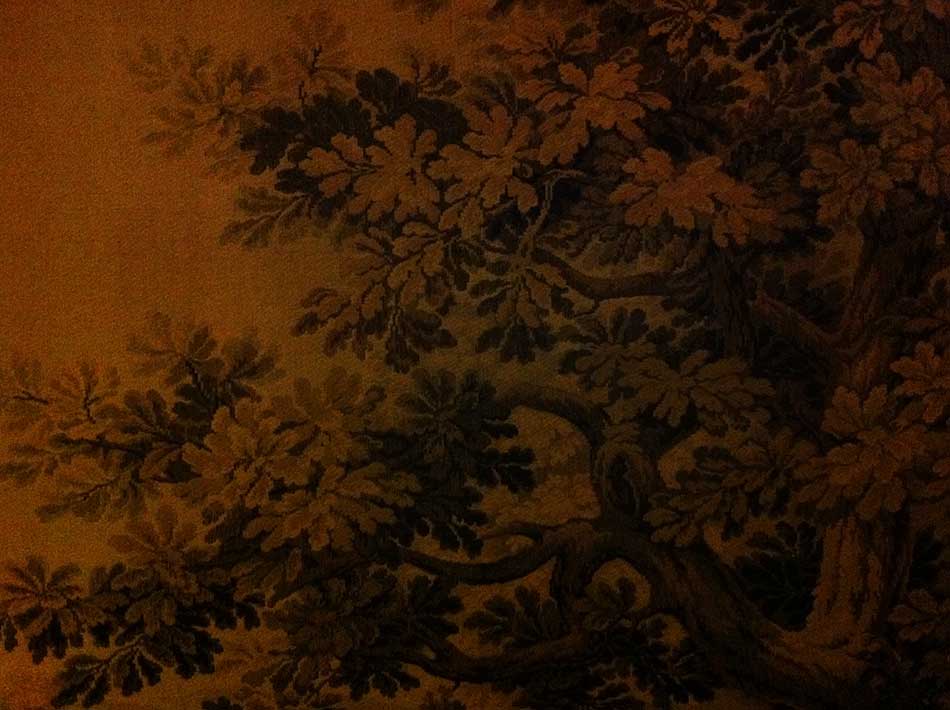
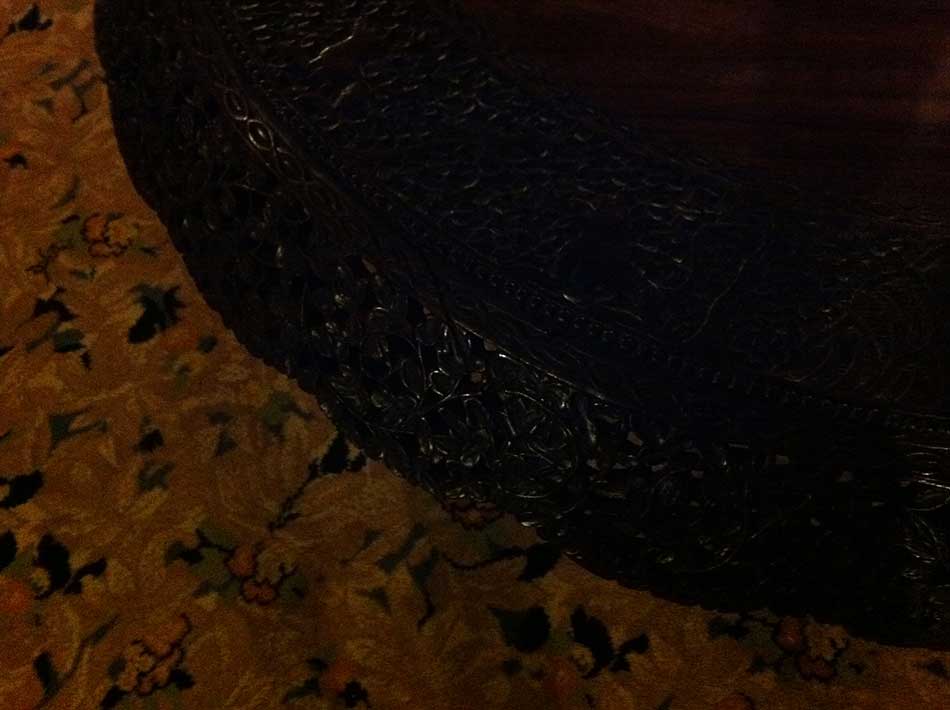
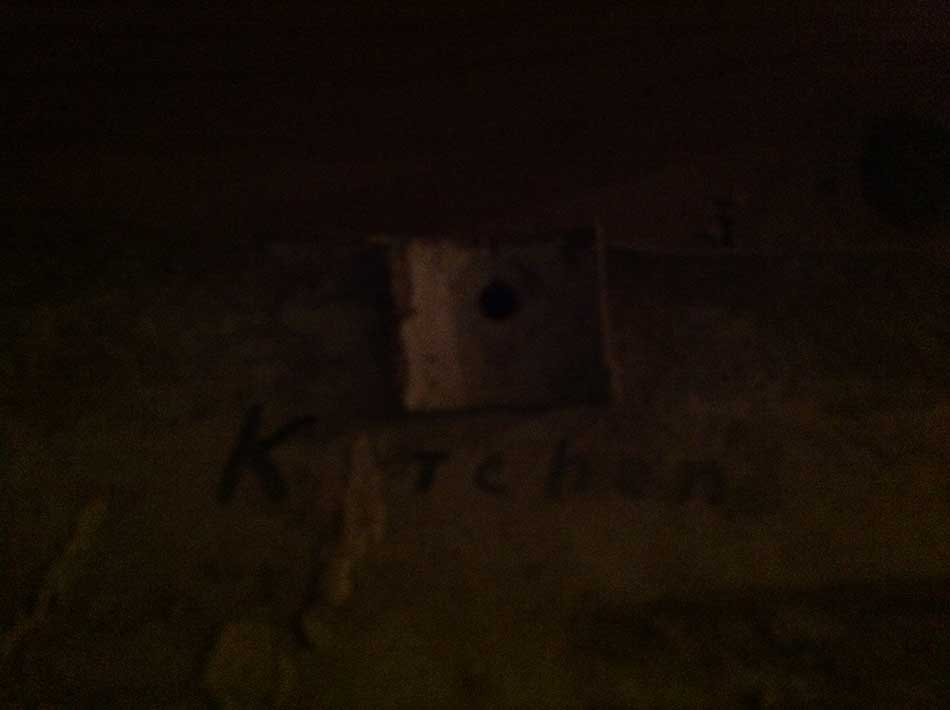

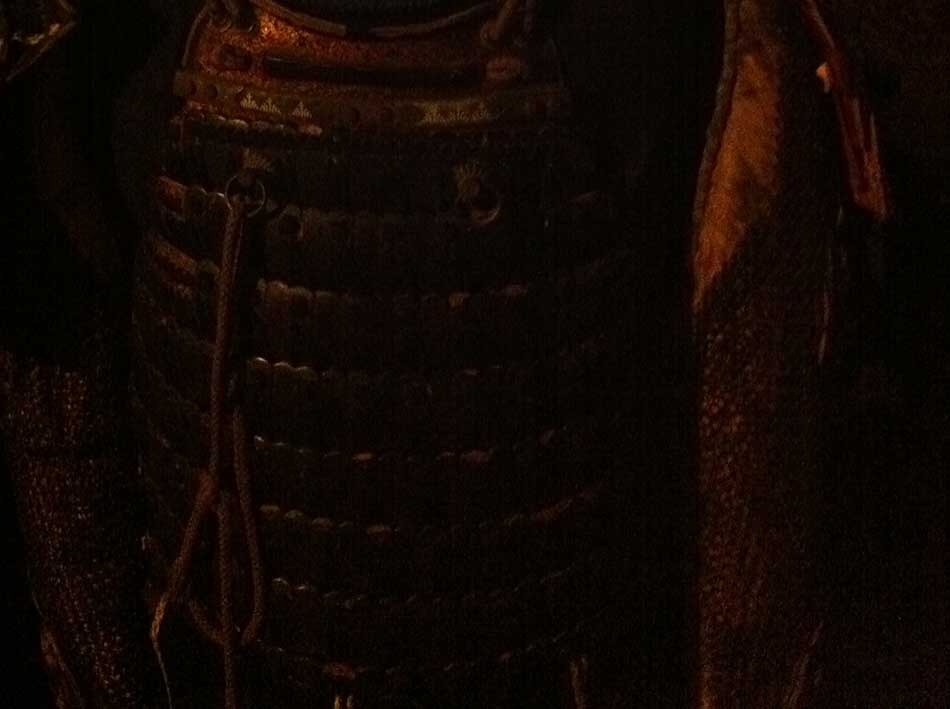
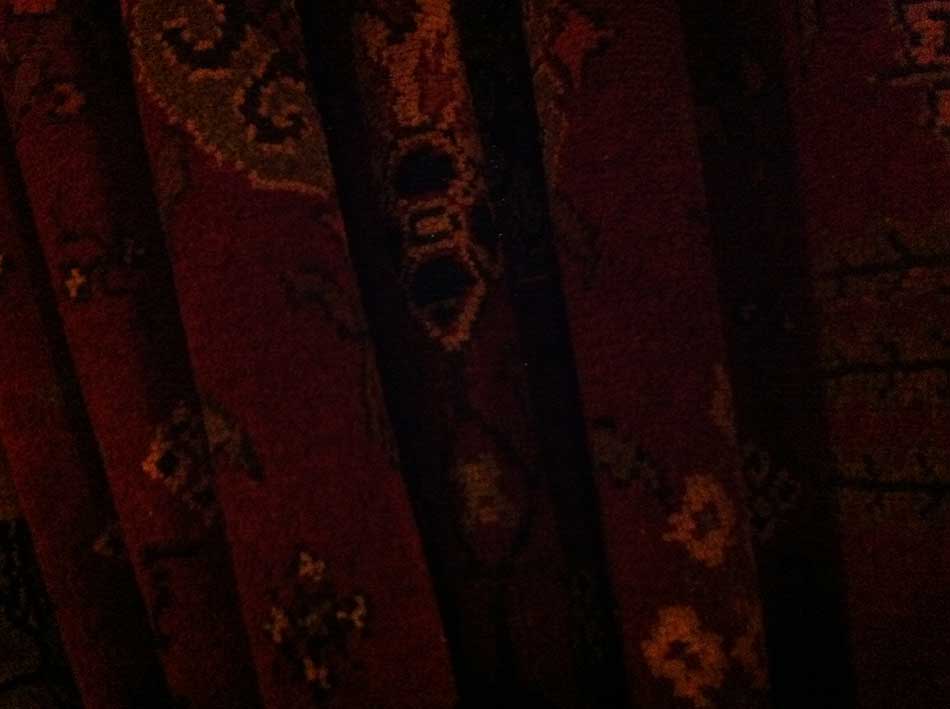
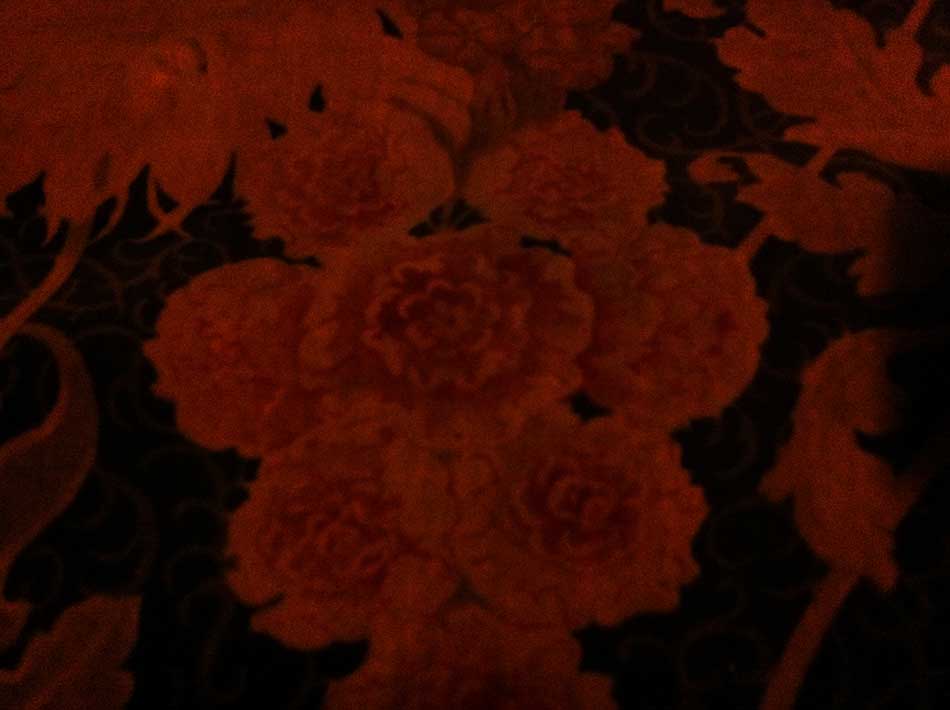
x
Just up
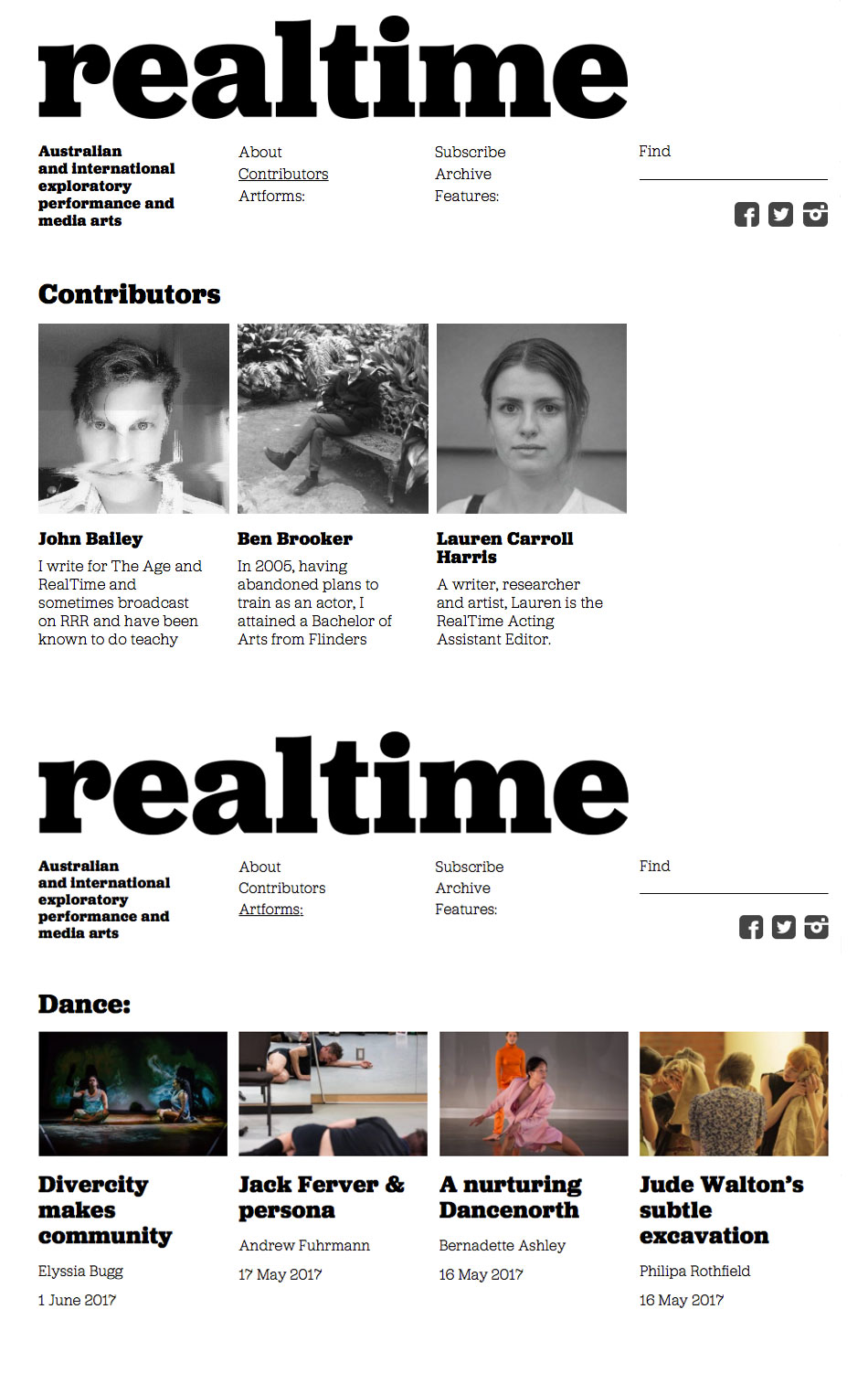
A new site by Melbourne digital designer Lee Wong (The Mighty Wonton) and myself for RealTime: Australia’s critical guide to national and international contemporary arts. As a place to visit it’s easy to move through and explore, with lots of functionality and a massive archive.
Artforms:
Theatre
Contemporary Performance & Live Art
Dance
Film
Media Arts
Aboriginal & Torres Strait Islander Art
Visual Art
Sound Art
Contemporary Classical & Experimental Music
Festivals
Art Politics
Editorials
Features:
RealTime Audio
RealTime Video
RealTime Traveller
RealTime Dance
Media Art Archive
Deep Archive
Among the compliments, this one from the Australian Dance Theatre: ‘Love the new site — very cool in a kind of organised distortion.’
For words lost
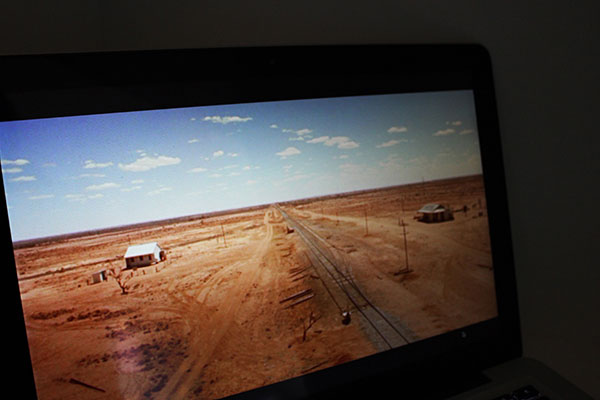
I have heard it in Australian newsreels from the 1930s and 40s; in the recorded voices of twentieth century Australian politicians; in oral histories from the local library; and in Australian movies, particularly feature films from the 1970s: Walkabout, Sunday Too Far Away, Wake in Fright. Especially Wake in Fright, a film directed by a Canadian that captures this uncertain, often unsettling relationship that many white, mainly Anglo Australians have had with the landscape.
It’s not just the visual depiction of the landscape — the look — that I find fascinating, it’s also its depiction through sound. Specifically, the sound of voices.
In Wake in Fright the visual depiction is particularly intense; unforgettable. The opening sequence is a slow 360 degree pan over an almost treeless desert. Shot high from a cherry picker, it begins on a single building (the pub), set in a vast, red-ochre plain under a pale blue sky. A dead straight rail line disappears into the pale blue. Running parallel, an above ground water pipeline, a row of electricity poles, and two roads, all converging at the same point on a flat horizon. Just visible, two ghostly spiralling willy-willies. The pan ends after 60 or so seconds above the rail line — on the left, a tiny schoolhouse, on the right, the pub. The look is hot, dusty, empty, and somehow oppressive. ‘I always loved this shot,’ says director Ted Kotcheff in an audio commentary version of the film, ‘You saw the endless space that doesn’t liberate you but it’s claustrophobic and traps you.’
This is one of the most affecting depictions of the outback landscape I have seen in an Australian film (and there have been many affecting depictions of the outback in Australian films) but it is the recorded sound throughout the film that affects me too, that I find equally as moving, that represents a distinct time in the history of white settlement / occupation / cultural development (however you prefer to label it) when the film, and the other twentieth century recordings mentioned, were made. Regardless of where any of the recordings were made — Sydney, Broken Hill, Pimba, Canberra, Milparinka — something of this relationship with the landscape seems to permeate the voices.
In these recordings — in the voices and the recorded air that surrounds them — there is an odd sense of flatness and aridity, as if each voice, an entity in itself and disassociated from its speaker, is surrounded by the continent’s vast emptiness. The fragile words, having left the lips of the speaker, dissipate into the thinnest air, captured only in part as a type of residual artefact by the limiting technologies of the day. The sound is the sound of isolation. The feeling is one of desolation. The effect is atmospheric.
This is how I read it. I have no doubt that these undertones of isolation and desolation —apart from those peculiarities somehow being transmitted by default, in the earliest twentieth century recordings, through the distant-and-removed sound quality of low-fi equipment — exist only as a sort of poetic interpretation in my mind. However, although I have only sensed that a particular perception of landscape has affected the way someone sounds the effect as an atmospheric artefact is real. It results from an exchange between two realms: place and imagination.
In Kotcheff’s words, ‘[Wake in Fright] is a study in the corrosive loneliness of all the characters.’ This corrosive loneliness holds a strange attraction, along with its uneasiness and its uncanny connection to place. A fuller (or emptier) spatial sense of place comes across through things besides the purely visual or narrative: the quality of melancholy in the warped and morphing English of the accents (echoes of older conversations in other places), the atmosphere of lostness and not quite knowing how to deal (except through male aggression, anti-intellectual bluster and a peculiar brusqueness of manner) with the emptiness, the sense of peripherality, of being removed from history even, forgotten, banished, or not having a clear future, and the palpable emptiness of the air.
But the air was not empty. It was a woven thing, interlaced with mysteries, chants, songs, histories — all of them reassurances of continuity and the presence of the eternal.
A complete universe of vivid spatial experience ran parallel to this idea of the empty land, alongside its still lingering taint of terra nullius, the tacit knowing perhaps that there were genocidal crimes yet to be faced, and the not-quite-over thought of being abandoned on the underside of the planet. This is not to say that this mid twentieth century reading of landscape — an exquisite sense of melancholy, a sense of dread, this uncanny notion of a vast emptiness and the perennial attraction it has, the myths and non-myths in the idea of an inhospitable land, the shifting Australian accents and shifts in language and narrative style, the comparative historical density of the concept of Europe and other far-off places, the yearning — has not been or is not valuable. The artistic expression it has generated has been moving and profoundly beautiful.
Running next to all of this, however, there is an equally beautiful, eternal reading of landscape — a cosmology to be seduced by for its poetic connections to place and its collective wisdom; also as a powerful atmospheric reading that is being lost with Australia’s Indigenous languages and as the world’s culturally grounded atmospheres become displaced by the placelessness of globalism.
Finnish architect, Juhani Pallasmaa, has written much about the importance of atmosphere as a multi-sensory experience of spaces:
‘Atmosphere is the overarching perceptual, sensory, and emotive impression of a space, setting or social situation. It provides a unifying coherence and character for a room, space, place, and landscape, or a social encounter. It is the ‘common denominator’, the ‘colouring’ or ‘the feel’ of the experiential situation. Atmosphere is a mental ‘thing’, an experiential property or characteristic that is suspended between the object and the subject.’
‘Our innate capacity to grasp comprehensive atmospheres and moods is akin to our capacity to project imaginatively the emotively suggestive settings of an entire novel as we read it. We live simultaneously in material and mental worlds that are constantly fused.’*
Something happens between a person and a landscape: when a person enters a place, the place enters that person, or as Pallasmaa states, it is a mental, experiential property that is suspended between them. Both types of exchange or fusion with landscape that I have touched upon are attractive to me — one an exchange with a vast, unknown emptiness and the other an exchange woven through with thousands of stories.
No such fusion, exchange or suspended characteristic happens within the placelessness of the global market. Instead of the oddness of a voice set in the vastness of an empty land: sound bites and tweets; instead of a mythological ancestor from the Dreaming or a character shaped by loneliness and isolation: vacuous celebrities and character assassination; instead of air woven with mysteries, chants and songs: fake news; instead of becoming enfolded and embraced (or even rejected) by landscape: habitat detachment.
In 1971 a Canadian film director made a disturbing film about lonely self-destructive males in a ‘desolate’ landscape. It’s also an atmospheric historical reference point: a poetic reading of a place called the outback that rang true then and probably still does a little (if not a lot) in 2017.
Notes:
‘For Words Lost’.
Initially I wanted to say something more specifically about just that. About lost Indigenous Australian languages and the understandings that disappear with them, about accents being echoes of lost conversations, and about the way languages as palimpsests reveal traces of lost ways of viewing the world. Also a disappearing sense of melancholy (I think) in the morphed English of various Australian accents.
Wake in Fright, 1971
Director, Ted Kotcheff
Digitally restored print,
National Film & Sound Archive, Australia
Wake in Fright audio commentary
with Ted Kotcheff, Director
and Anthony Buckley, Editor
National Film & Sound Archive, Australia
‘The outback and the Canadian north are identical. Same kind of vast landscapes where it’s not freedom you’re trapped in, it’s empty space. And the same kind of people are attracted to going to these empty spaces and being imprisoned by them.’
Ted Kotcheff, interview
National Film & Sound Archive, Australia
‘One could say that the Dreaming is a spiritual realm which saturates the visible world with meaning; that is the matrix of being; that it was the time of creation; that it is a parallel universe which may be contacted via the ritual performance of song, dance and painting; that it is a network of stories of mythological heroes…’
Robyn Davidson
No Fixed Address (29, 30)
Indigenous languages, Australia.
Spoken at time of European arrival, 1788: 250
No longer spoken, 2017: 100
Currently spoken, 2017, but majority endangered: 150
Numbers are approximate.
Source: Australian Institute of Aboriginal and Torres Strait Islander Studies
*
Architectural Atmospheres
(20, 27)
Christian Borch (Ed.)
2014 Birkhäuser Verlag
Space, Place, and Atmosphere: Peripheral Perception in Existential Experience
(essay)
Juhani Pallasmaa
Willy-willy
Aust. whirlwind
Drawing
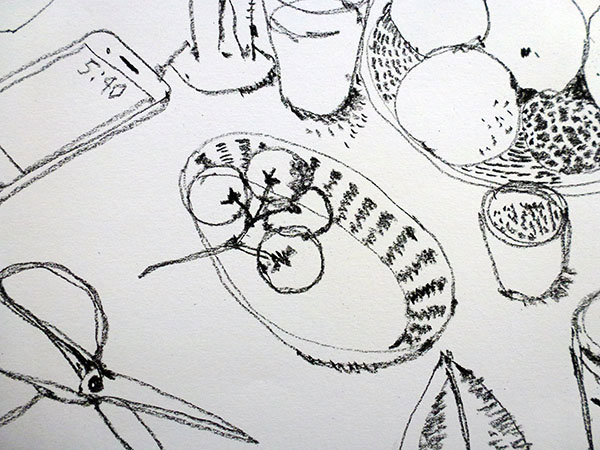
There are many ways to reflect on the act of drawing: the pleasure it can give, for example, or the shifts in thinking it may bring about. One of the most pleasing things about drawing is its ability to de-interpret. This runs contrary to the idea that a drawing is an interpretation of the subject by the maker, and it is not easy (impossible really, unless you have a medical condition) to forget what a fruit basket means, or a pair of scissors: all that fruit basket and scissor history; all those fruit basket and scissor incidents over a lifetime. But the act of drawing goes some way towards this satisfying way of undoing. What would a pair of scissors be if we could forget what they do, how they are made, what its name implies? Drawing gives you a sense of this other life of objects — an affinity with the object detached (never fully) from its accretions of meaning.
Notes:
A more elegant reflection on drawing by John Berger —
‘A line, an area of tone, is important not really because it records what you have seen, but because it will lead you to see. Following up its logic in order to check its accuracy, you find confirmation or denial in the object itself or in your memory of it. Each confirmation or denial brings you closer to the object, until you are, as it were, inside it: the contours you have drawn no longer marking the edge of what you have seen, but the edge of what you have become.’
John Berger
Permanent Red: Essays in Seeing (1960)
Republished in Landscapes: John Berger on Art (2016)
Drawings: GS.
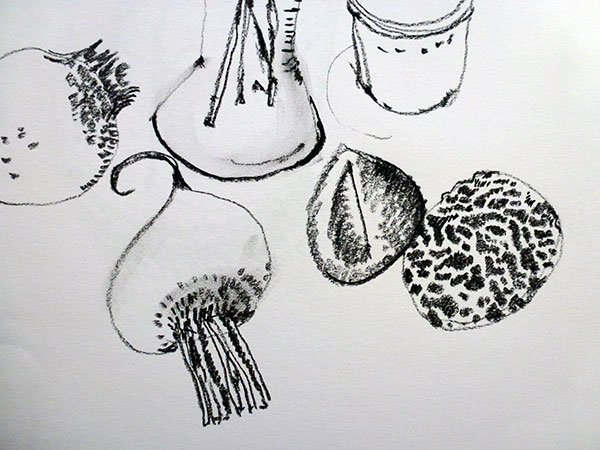
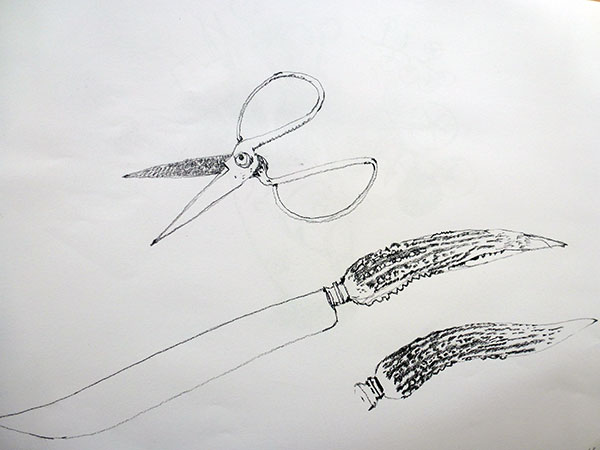
Gates
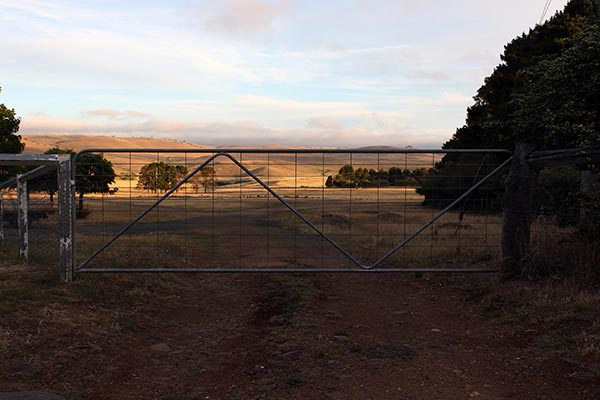
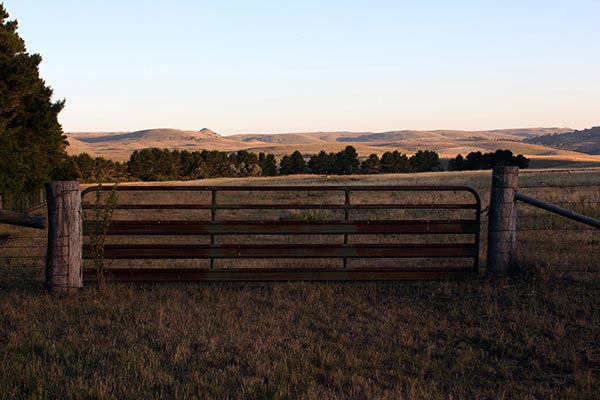 A couple of (quite a lot of) gates I pass or sometimes go through every day. I like pretty much everything about them: their simplicity, elegance, function, post-fixings, colour, history, reliability, resilience, individuality, the need to find a rock or a stick or a bump in the ground to hold them open when you’re driving solo, not having to find a rock when you have a passenger, the way they punctuate fence lines.
A couple of (quite a lot of) gates I pass or sometimes go through every day. I like pretty much everything about them: their simplicity, elegance, function, post-fixings, colour, history, reliability, resilience, individuality, the need to find a rock or a stick or a bump in the ground to hold them open when you’re driving solo, not having to find a rock when you have a passenger, the way they punctuate fence lines.

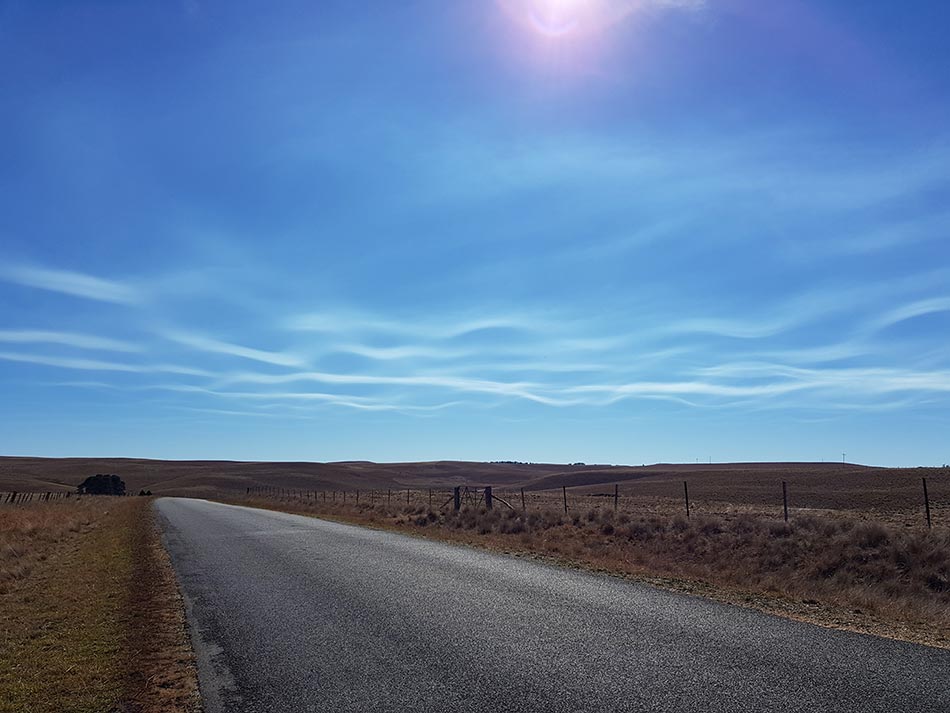 x
x